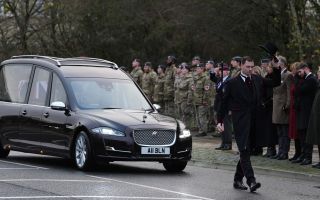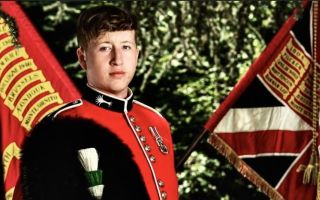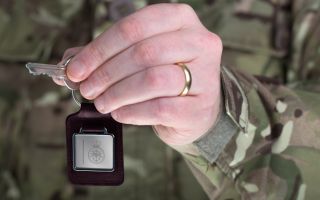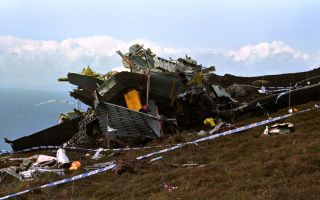
The intriguing evolution of military operation code names over the past century

It is a widely held belief that the Germans pioneered the use of operation code names during the First World War.
From then, due to the introduction of radio communication, the practice spread until it was used by almost every major military.
But the practice has undergone a number of changes in the 100 years since it first came into being.
- Operation Neptune: Take a look at the Allies' five invasion beaches on D-Day
- The mysterious instructions to Britain's Trident-armed subs in case of nuclear apocalypse
- From grease to glory: Unique tradition of Plebes No More ceremony at US Naval Academy
By the outbreak of the Second World War, the practice of using code names for operations was commonplace.
Winston Churchill was famously fussy about the names of his military operations, reportedly demanding personal approval of every operation name before it was used.
Believing it could impact morale, he was known to have said: "Do not enable some widow or mother to say that her son was killed in an operation called 'Bunnyhug' or 'Ballyhoo'."
During the Second World War, the trend was for code names to use mythological figures such as 'Jupiter' (the Allies' invasion of Normandy), or from the animal kingdom, such as "Operation Cobra", the name given to the American attempt to break out of the Normandy bridgehead.
More recently, operation code names were frequently used as an exercise in PR.
Take for example 'Operation Just Cause', the name given to the US invasion of Panama, or 'Operation Uphold Democracy', the US intervention in Haiti.
But what is the exact reasoning behind the name choices?
According to NATO, it's actually highly logical.
NATO exercises are identified by two words. The first letter of the first word denotes the NATO command responsible for scheduling the exercise.
S - Supreme Headquarters Allied Powers Europe
T - Allied Command Transformation
B - Allied Joint Force Command Brunssum
N - Allied Joint Force Command Naples
The first letter of the second word denotes the element(s) concerned.
A - Air
L - Land
M - Maritime
J - Joint
S - Special Operations Forces
For instance, Brilliant Jump is a joint exercise conducted by JFC Brunssum.
Nevertheless, some code names used internationally over the last century have been undeniably strange.
Here are a few:
Operation Viking Snatch: A raid to prevent weapons smuggling in Iraq 2007.
Operation Dynamic Mongoose: An Anti-Submarine Warfare interoperability exercise conducted in the North Atlantic Region.
Operation Purple Warrior: A British training exercise designed to learn from the Falklands conflict.
Operation Babylift: The mass evacuation of Vietnamese orphans to the US in the wake of the Vietnam war.
Operation Jock Scott: An operation to combat the Mau Mau uprising during the Kenyan emergency.
Operation Tapeworm: The operation targeting and killing Saddam Hussein's sons, Uday and Qusay Hussein.
Operation Demon Digger: A counterinsurgency operation carried out by coalition forces in the Iraq war.
Operation Dracula: The Allies' plan to reconquer the Burmese capital of Rangoon near the end of the Second World War.
Operation Beaver Cage: A helicopter assault launched by the US Marines upon a Vietcong base during the Vietnam war.









